Home>Technology>Smart Home Devices>What Does A Printer Cable Look Like
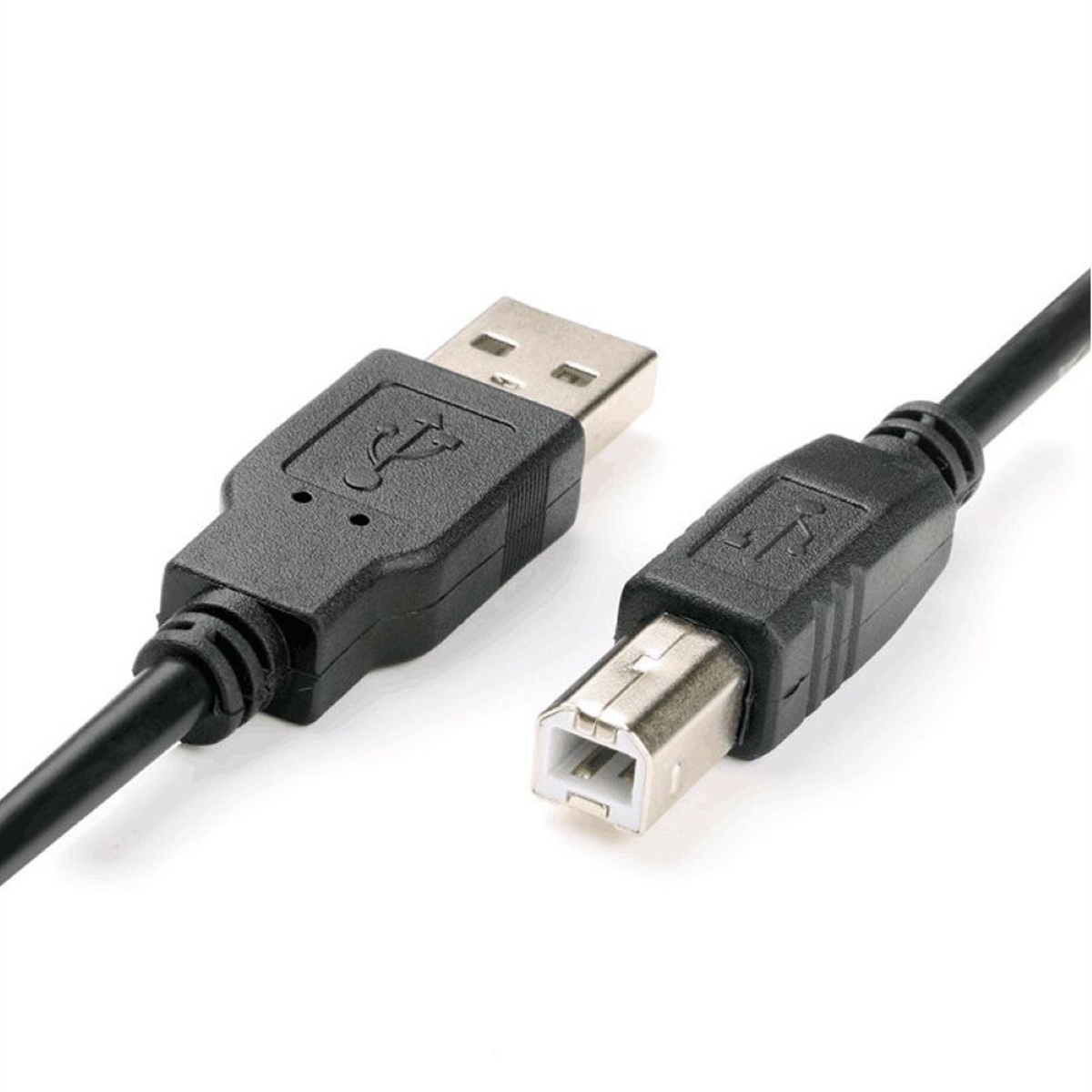

Smart Home Devices
What Does A Printer Cable Look Like
Modified: February 18, 2024
Find out what a printer cable looks like and how it connects to smart home devices. Learn about the different types and compatibility for seamless printing.
(Many of the links in this article redirect to a specific reviewed product. Your purchase of these products through affiliate links helps to generate commission for Storables.com, at no extra cost. Learn more)
Introduction
Welcome to the world of smart home devices, where cutting-edge technology seamlessly integrates with everyday life to enhance convenience, comfort, and efficiency. In this article, we will delve into the fascinating realm of smart home devices, exploring their functionalities, benefits, and the diverse array of options available to modern homeowners.
Smart home devices encompass a wide range of products designed to automate and optimize various aspects of home life. From advanced security systems and energy-efficient appliances to intelligent lighting and entertainment solutions, these devices offer unparalleled convenience and control. By harnessing the power of connectivity and automation, smart home devices empower users to create personalized, responsive environments that cater to their unique preferences and lifestyles.
As we embark on this exploration, we will uncover the inner workings of smart home devices, shedding light on their underlying technologies and the myriad ways in which they can elevate the modern living experience. Whether you are a tech enthusiast looking to expand your smart home ecosystem or a homeowner curious about the potential benefits of these innovative technologies, this article aims to provide valuable insights and guidance to help you navigate the ever-evolving landscape of smart home devices.
Join us as we unravel the mysteries of smart home devices, from the intricacies of their operation to the practical considerations that can help you make informed decisions when integrating these cutting-edge solutions into your living space. Let's embark on this enlightening journey to discover the transformative power of smart home devices and unlock the potential for a more connected, efficient, and enjoyable home environment.
Key Takeaways:
- Printer cables, like USB, Ethernet, and wireless options, are crucial for seamless communication between printers and devices, enabling efficient data transfer for high-quality printing.
- Understanding the physical appearance and connector types of printer cables is essential for identifying the right cable and establishing secure, reliable connections for optimal printing functionality.
Read more: What Does A Gable Look Like?
Understanding Printer Cables
Printer cables are essential components that facilitate the communication between a computer or other digital device and a printer, enabling the seamless transmission of data for printing purposes. These cables serve as the physical link that allows the transfer of digital files, commands, and print jobs from the source device to the printer, playing a crucial role in the overall functionality of the printing process.
At the core of their functionality, printer cables enable the transmission of data in various formats, including text, images, and graphics, from the source device to the printer. This data transfer is vital for generating accurate and high-quality printouts, ensuring that the intended content is faithfully reproduced on paper or other media.
Printer cables come in different types, each designed to accommodate specific connectivity requirements and device configurations. Understanding the characteristics and capabilities of these cables is essential for ensuring compatibility and optimal performance when connecting printers to computers, laptops, or other digital devices.
As we delve deeper into the world of printer cables, we will explore the diverse types available, shedding light on their unique features and the considerations that factor into selecting the most suitable cable for a given printing setup. By gaining a comprehensive understanding of printer cables, users can make informed decisions when establishing connections between their devices, ultimately optimizing the printing process and minimizing potential compatibility issues.
Types of Printer Cables
Printer cables come in a variety of types, each tailored to specific connectivity standards and device interfaces. Understanding the distinctions between these cable types is crucial for ensuring seamless and efficient communication between printers and digital devices. Let’s explore the most common types of printer cables and their unique characteristics:
- USB Cables: USB (Universal Serial Bus) cables are widely used for connecting printers to computers and other compatible devices. They offer versatile connectivity and high-speed data transfer, making them a popular choice for modern printing setups. USB cables are available in different versions, such as USB 2.0 and USB 3.0, with varying data transfer rates and compatibility with different devices.
- Parallel Cables: Parallel cables, also known as IEEE 1284 cables, were commonly used for connecting printers to computers in the past. While their usage has declined with the advent of USB technology, some older printers and legacy systems may still rely on parallel cables for connectivity.
- Ethernet Cables: Ethernet cables enable network-based printing, allowing printers to be connected directly to a local area network (LAN) or a wireless router. This type of connectivity is advantageous for shared printing environments and facilitates efficient access to the printer from multiple devices across the network.
- Wireless Connectivity: With advancements in wireless technology, many modern printers support wireless connectivity options, eliminating the need for physical cables. Wi-Fi and Bluetooth connectivity enable seamless printing from compatible devices, offering flexibility and convenience in diverse printing scenarios.
- Serial Cables: Serial cables, often used in industrial and specialized printing applications, facilitate serial communication between printers and devices. While less common in standard home or office setups, serial cables play a vital role in specific printing environments that require serial connectivity.
By understanding the distinct characteristics and applications of these printer cable types, users can make informed decisions when selecting the most suitable cable for their printing needs. Factors such as device compatibility, data transfer speed, and networking requirements should be carefully considered to ensure optimal connectivity and reliable printing functionality.
A printer cable typically looks like a USB cable with a square end that plugs into the printer and a rectangular end that plugs into the computer. Make sure to check the type of connection your printer uses (USB, Ethernet, etc.) before purchasing a cable.
Physical Appearance of Printer Cables
Printer cables exhibit diverse physical characteristics and connector types, reflecting their compatibility with specific devices and printing setups. Understanding the physical appearance of printer cables is essential for identifying the appropriate cable type and establishing secure, reliable connections between printers and digital devices. Let’s explore the distinct physical attributes and connector configurations of common printer cables:
- USB Cables: USB printer cables typically feature a rectangular Type-A connector on one end, which is designed to plug into the USB port of a computer or compatible device. The other end of the cable may feature a Type-B connector, often with a square or trapezoidal shape, which connects to the corresponding port on the printer. USB cables are known for their user-friendly, plug-and-play design, making them widely compatible and easy to connect.
- Parallel Cables: Parallel printer cables are characterized by their large, rectangular connectors with multiple pins arranged in a single row. These connectors are designed to interface with the parallel port of a computer and the corresponding port on the printer. While less common in modern setups, parallel cables retain their distinct physical appearance and are still utilized in legacy systems and specialized applications.
- Ethernet Cables: Ethernet printer cables, commonly known as Ethernet patch cables, feature modular connectors with a rectangular shape and a latch mechanism for secure attachment to Ethernet ports. These cables are designed to establish wired network connections between printers and networking devices, enabling efficient data transmission and shared printing capabilities within a local area network.
- Wireless Connectivity: Wireless printer connectivity eliminates the need for physical cables, offering a streamlined and versatile printing experience. Printers with wireless capabilities may feature integrated Wi-Fi antennas or Bluetooth connectivity, allowing them to communicate with compatible devices without the constraints of traditional cable connections.
- Serial Cables: Serial printer cables, characterized by their DB9 or DB25 connectors, facilitate serial communication between printers and devices. These cables feature distinctive, D-shaped connectors with multiple pins, providing a reliable interface for serial data transmission in specialized printing environments.
By familiarizing themselves with the physical appearance and connector types of printer cables, users can confidently identify the appropriate cable for their specific printing setup, ensuring seamless connectivity and optimal performance.
Conclusion
In conclusion, printer cables play a pivotal role in enabling the seamless communication between printers and digital devices, facilitating the efficient transfer of data for printing purposes. Understanding the diverse types and physical characteristics of printer cables empowers users to make informed decisions when establishing connections and optimizing the functionality of their printing setups.
As technology continues to evolve, the landscape of printer connectivity has expanded to encompass versatile options such as USB, Ethernet, wireless, and serial connectivity, each catering to specific requirements and device configurations. By embracing these diverse connectivity solutions, users can leverage the power of modern printing technologies to achieve enhanced productivity, convenience, and flexibility in their printing workflows.
Whether it’s the user-friendly plug-and-play design of USB cables, the network-based efficiency of Ethernet connectivity, the wireless freedom of Wi-Fi and Bluetooth printing, or the specialized serial communication in industrial environments, the array of printer cable options reflects the dynamic nature of modern printing capabilities.
By staying informed about the latest advancements in printer cables and connectivity standards, users can harness the full potential of their printing devices, ensuring seamless integration with their digital workflows and optimizing the output of high-quality print materials.
As we embrace the future of printing technology, the versatility and adaptability of printer cables will continue to play a vital role in shaping the connectivity landscape, enabling users to achieve efficient, reliable, and innovative printing solutions tailored to their unique needs and preferences.
With a comprehensive understanding of printer cables and their diverse applications, users can embark on a journey of seamless printing experiences, empowered by the transformative capabilities of modern connectivity solutions.
Frequently Asked Questions about What Does A Printer Cable Look Like
Was this page helpful?
At Storables.com, we guarantee accurate and reliable information. Our content, validated by Expert Board Contributors, is crafted following stringent Editorial Policies. We're committed to providing you with well-researched, expert-backed insights for all your informational needs.


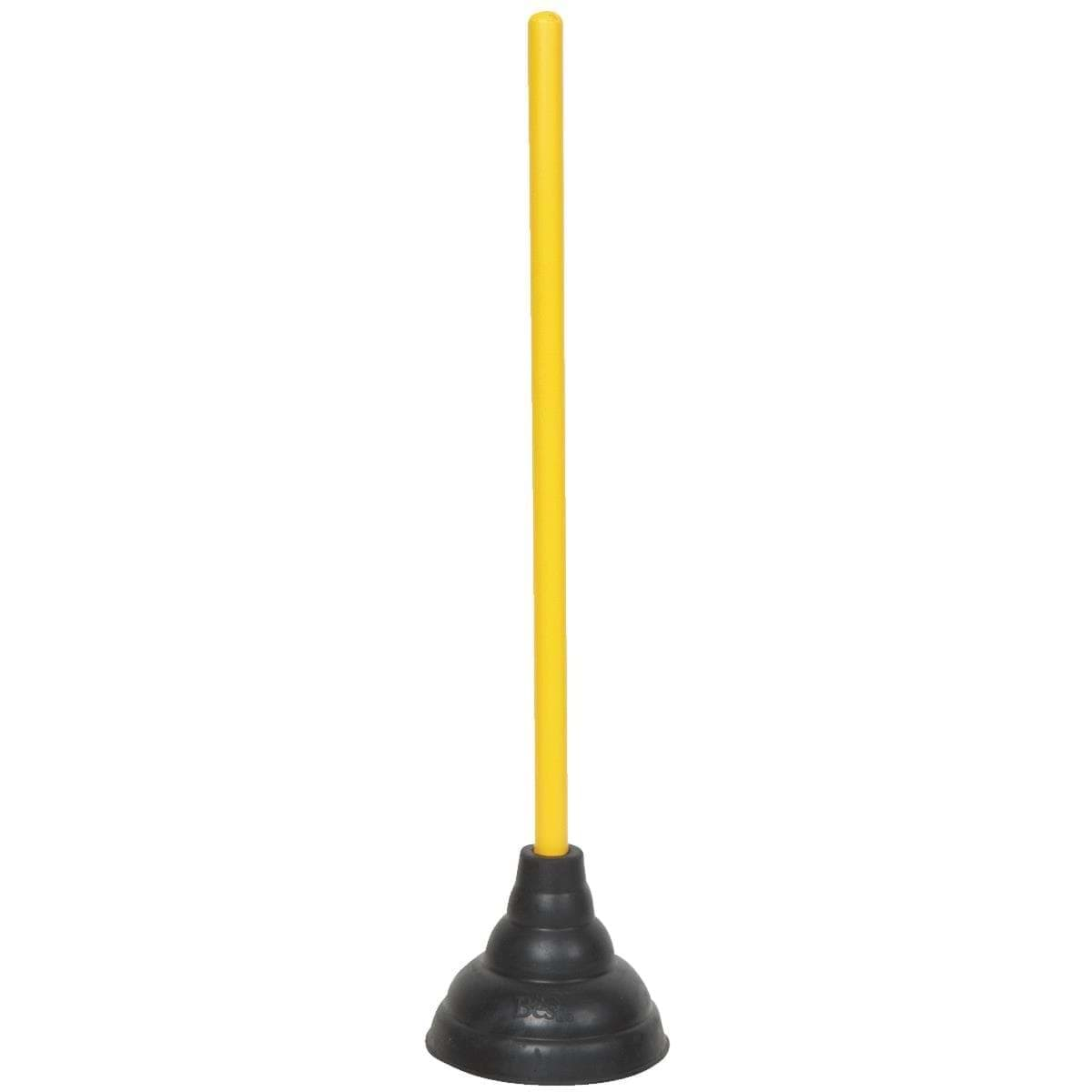


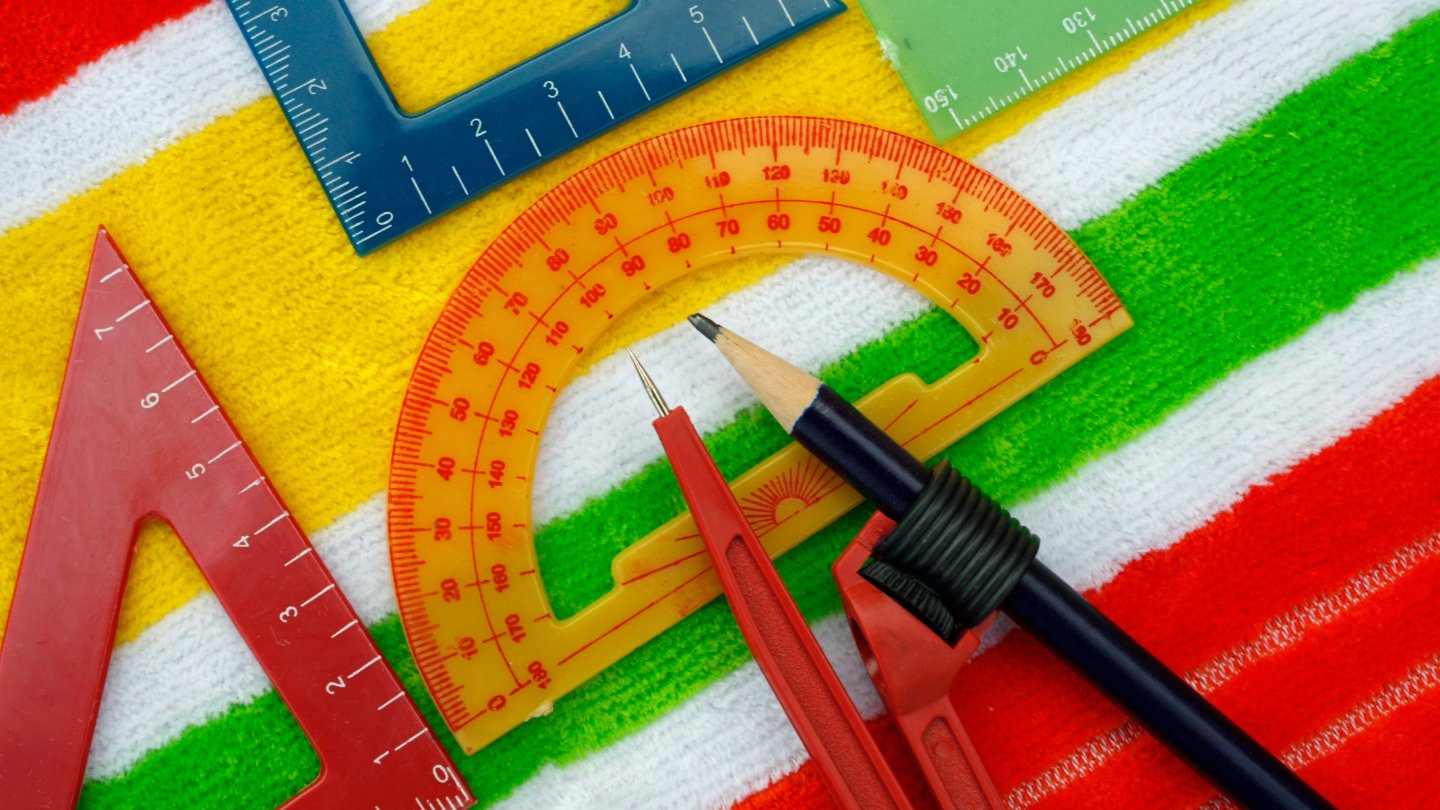



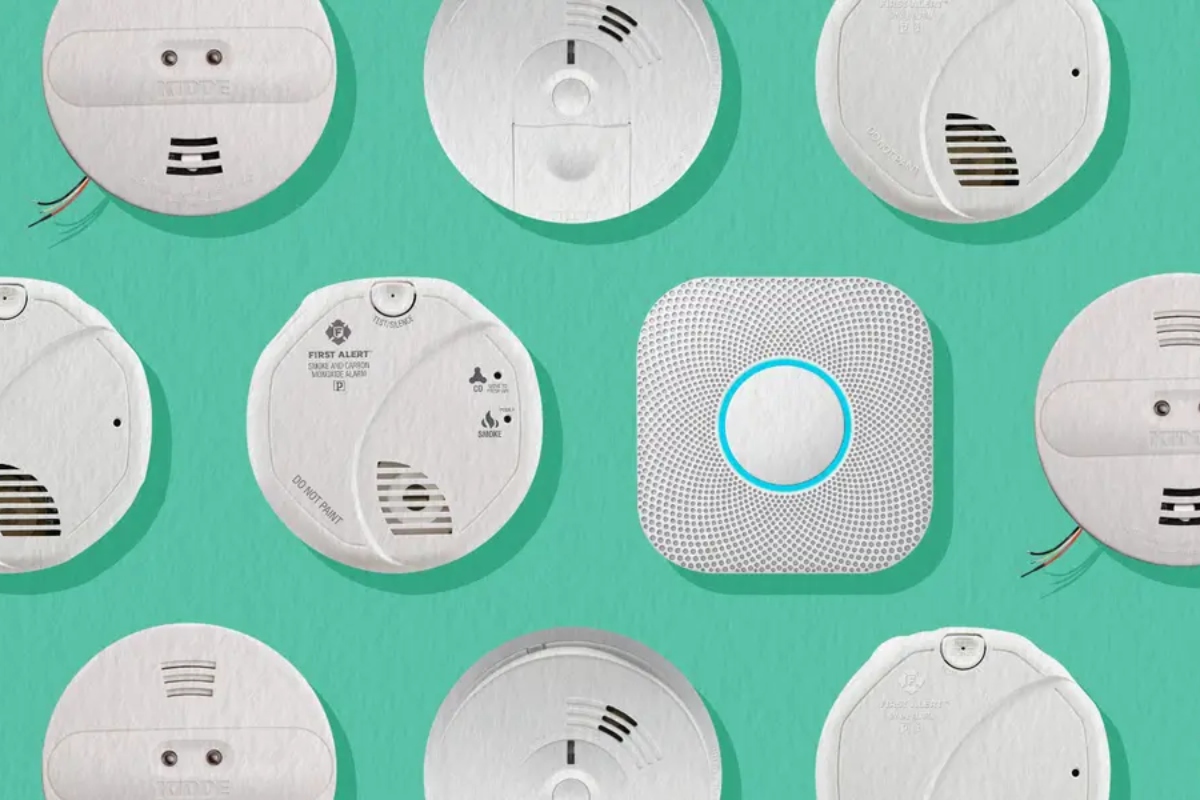


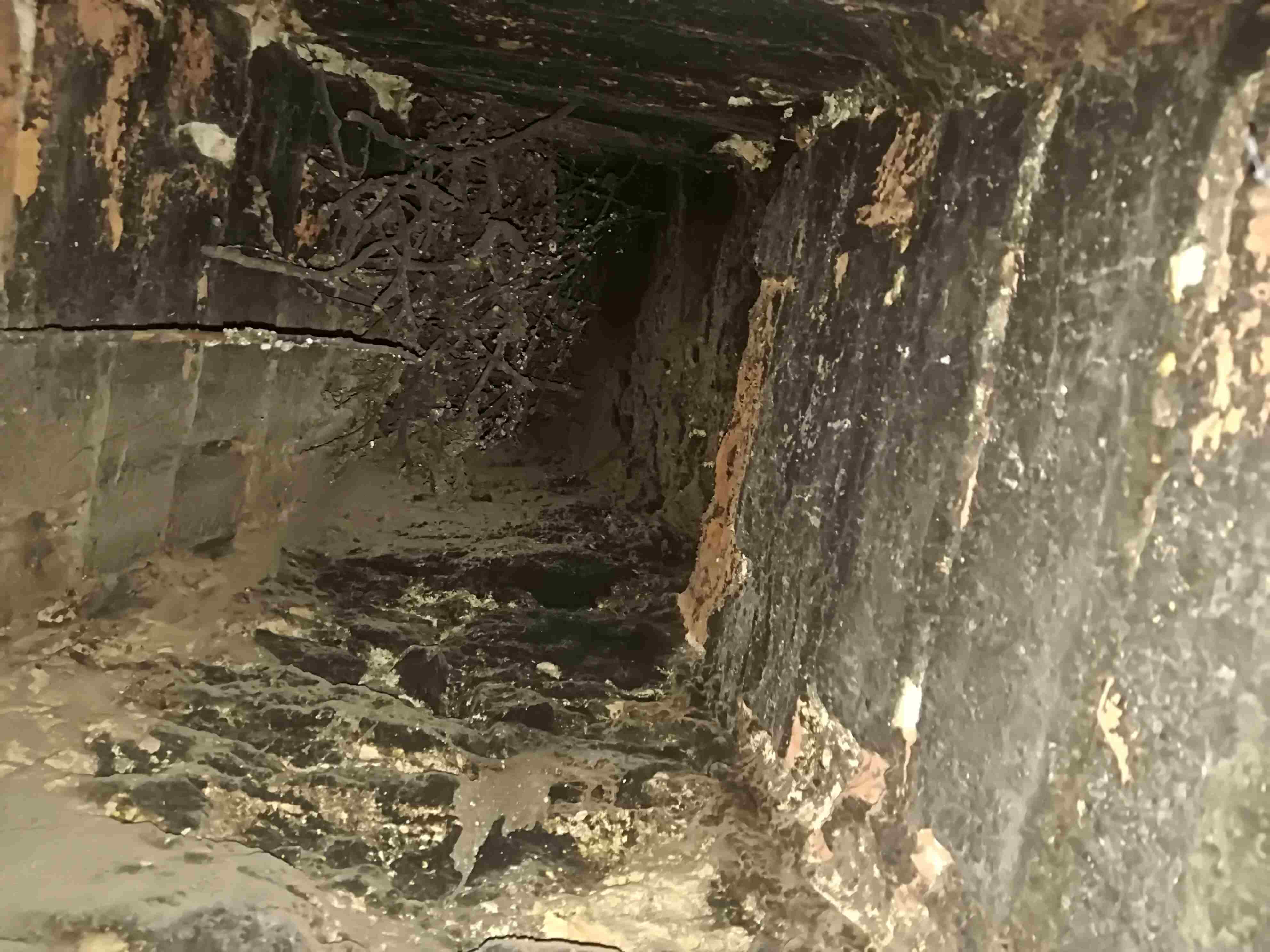



0 thoughts on “What Does A Printer Cable Look Like”